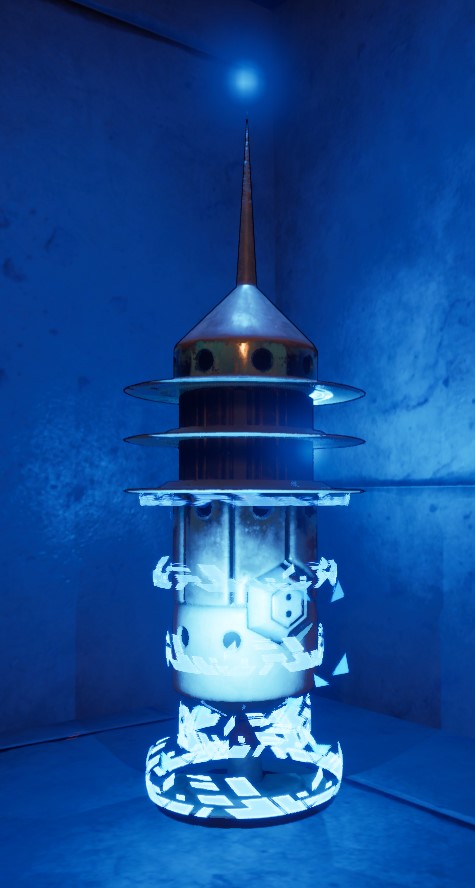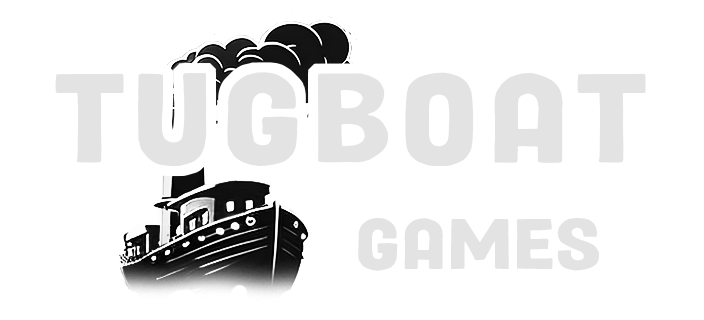
Game Dev is a Process.
Game Development is hard. For me it’s always been something I’m passionate about but never had any formal training. I think under the right circumstances I could have probably focused on Modding and got into games that way. But instead God moved me in a different direction, and I’ve worked and developed content for TV and Film instead. To put some of the work into context, see the image below.

This post is primarily about asset creation, which is my bread and butter day job IRL. Though the assets I’m creating in that context are not designed for real-time applications, and while there is so much overlap between games and film, there are significant processes that differ between them. This is especially the case wi th respect to optimization. It’s less important in UE5 thanks to new technology like Nanite and Lumen, but I would argue knowing this stuff is still good practice for keeping things snappy.
th respect to optimization. It’s less important in UE5 thanks to new technology like Nanite and Lumen, but I would argue knowing this stuff is still good practice for keeping things snappy.
Typically I would start with a source model or from scratch, collecting reference and building whatever asset I’m focused on. The ‘high res’ version of the asset you’re creating is important to build first, so you can know how much you need to reduce it for gameplay. Many of our assets for MMLX are not ultra optimized. We were less focused on making super low poly models and more focused on matching the reference from the original concept art, and game art. However, I still did a lot of optimizing and once the high poly is done, I made sure I could use the “SubD” version to reduce further and build the LOD0.
Sometimes there is a lot of back and forth with jumping between your baked model and your final LOD (Level Of Detail). When you bake normals from a high poly model to a low poly model, you can see distortion, particularly when there is not enough points for the raycast to calculate the normal between glancing edges. If you can refine a medium quality model with solid UVs, then you can still lower your polycount significantly.
At the end of the day, I’ve learned that game development is all about iteration. Turning on that internal crap detector, and using that library of experience playing other games to make sure you hit the mark on what you like and don’t like. As we continue developing this project, I hope that we’ve achieved our aim to realize the concept art and original game art in a modern context.


